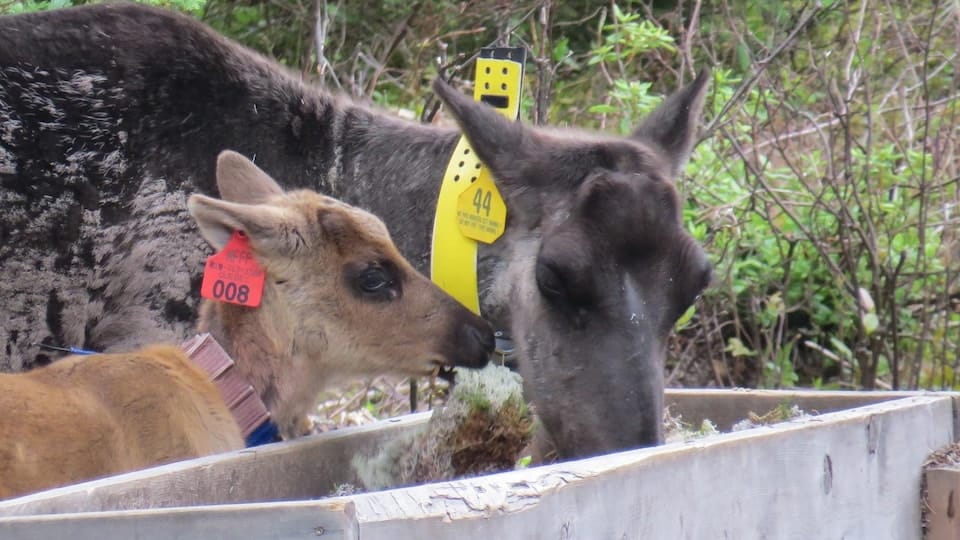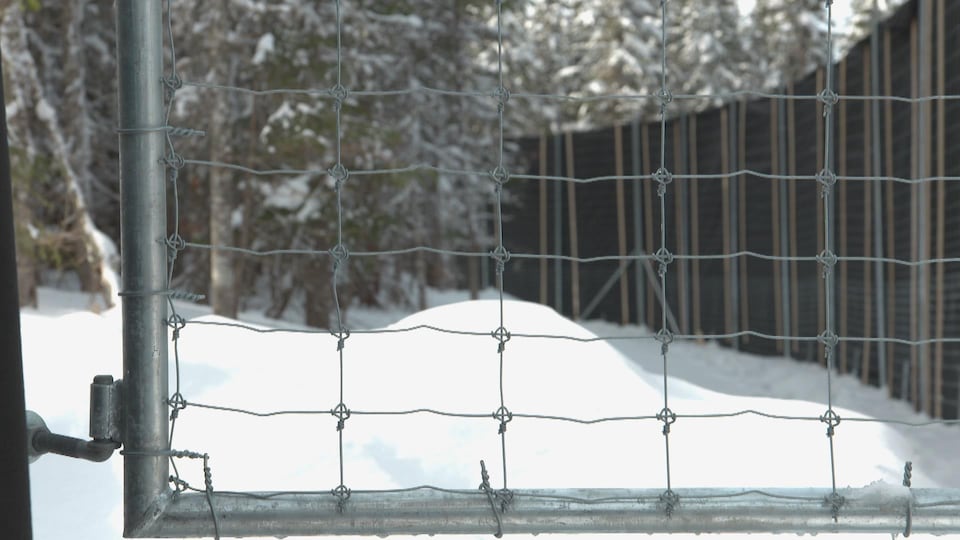The Minister of Forests, Wildlife and Parks, Pierre Dufour, had spread the news during the study of budgetary appropriations, three weeks ago. His ministry (MFFP) however awaited the results of the analysis of faecal samples before confirming beyond any doubt the number of pregnant females.
In the meantime, the Val-d’Or herd has welcomed an eighth individual, announced the MFFP Tuesday evening. The birth of the little female took place this weekend. Mom and baby are doing well
specifies Quebec in a publication on social networks.
Another female is still pregnant and could therefore increase the herd to a total of nine caribou within a few weeks.
On the verge of extinction, the Val-d’Or herd has been in captivity since the summer of 2020. In 2021, a newborn died during calving. Another fawn was luckier and was born during the spring, reducing the herd to seven individuals after the death of an adult the previous summer.
Expected baby boom in Charlevoix
In Charlevoix, the herd has been in captivity since winter. Of the 9 females captured last February, 7 are currently pregnant, again according to data from the MFFP. If all the births take place without problems, the herd would increase from 16 to 23 individuals.
Remember that the Charlevoix herd has experienced a major decline over the past five years. The herd numbered 56 individuals during the 2017 inventory, including 7 fawns.
Recruitment, i.e. new births within the herd, was very low during the most recent inventories carried out in 2020 and 2021. The proportion of fawns in the population is 6.25%, which is well below the 15% threshold necessary to hope for the maintenance of a population.
indicated the biologists of the MFFP in their most recent report.
The seven births would therefore represent a significant gain for the herd.
The rate of habitat disturbance, in particular due to logging, has caused the decline of several herds in Quebec. In Charlevoix, for example, the habitat disturbance rate of the last woodland caribou was nearly 90% in 2021.
Permanent monitoring
Ministry teams are ready to intervene in the event of a problem, we are assured. A permanent guard of the enclosures will supervise warning signs of a birth
specifies the ministry in an email sent to Radio-Canada.
A team from MFFP is on call 7 days a week to be deployed quickly in the event of a birth
adds a spokesperson. In addition, a veterinarian can be deployed urgently on site in the event of a complication during a birth. These precautions aim to reduce the risk of perinatal mortality.
Teams will also a few manipulations on the fawns to ensure that they are in good physical condition and to mark them with a telemetric ear tag
.
No release plan
Remember that there is currently no release plan for herds in captivity. The Government of Quebec is awaiting the recommendations of the Independent Commission on Woodland and Mountain Caribou before unveiling its maps on this subject.
The commission completed its round of consultations on May 17 and will continue to receive briefs until May 31. The report is expected somewhere by the end of the year.
The three commissioners, none of whom is a caribou expert, have the mandate to analyze the socio-economic impacts of new measures to protect the species, of which there could only be a little more than 5,200 individuals left across the territory. .
The recommendations will then be used to develop the new Woodland and Mountain Caribou Habitat Protection Strategy. Its deployment is not expected before the end of 2023, or even in 2024.
Reference-ici.radio-canada.ca

